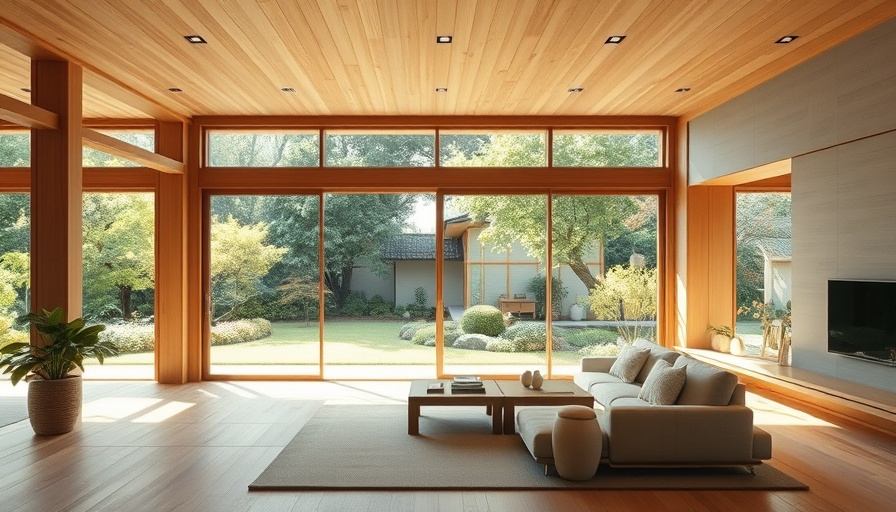
Understanding Base Cabinets: The Foundation of Kitchen Storage
Base cabinets play a pivotal role in the overall functionality and layout of a kitchen. These cabinets typically sit at floor level, supporting countertops and often housing essential appliances. Their design emphasizes accessibility, but they come with certain limitations. For instance, their relatively low height limits their capacity to hold bulk items, making them potentially insufficient for kitchens aiming for maximum storage efficiency.
The Versatility of Pantry Cabinets for Organized Storage
In contrast, pantry cabinets offer a vertical storage solution that can capitalize on unused vertical space in your kitchen. Their adjustable shelves make it easier to store varied item sizes, from tall cereal boxes to bulky jars. Pantry cabinets typically extend from the floor to the ceiling, providing a singular hub for managing dry goods and kitchen overflow efficiently. However, they can consume considerable floor space and may appear cluttered without proper organization.
When to Opt for Base or Pantry Cabinets: Matching Storage Solutions to Kitchen Needs
Deciding whether to install base or pantry cabinets hinges largely on your specific kitchen needs. If you're faced with a limited wall area or require immediate access to cooking essentials, base cabinets are often the best solution. They excel in small kitchens where every square inch is crucial, offering ready access to commonly used pots and pans while providing a stable surface for meal prep.
Conversely, homes that regularly purchase groceries in bulk will find pantry cabinets indispensable. These cabinets not only facilitate the orderly storage of food but also promote an organized kitchen environment, ensuring that everything is in its place. If you're someone who values the aesthetic of neatly organized spaces, investing in pantry cabinets will provide that visual appeal, supporting a more streamlined cooking experience.Integrating Sustainable Choices in Cabinet Selection
As you ponder the merits of base and pantry cabinets, consider sustainability in your choice. Eco-friendly materials such as bamboo or recycled wood can reduce your kitchen's carbon footprint while adding aesthetic warmth. Sustainable cabinet manufacturers often utilize non-toxic finishes, ensuring that your environment remains healthy. For those interested in blended storage solutions, consider cabinets that meet both the functional needs of a modern kitchen while adhering to environmentally responsible practices.
Future Trends and Innovations in Kitchen Storage Solutions
Looking ahead, kitchen design is expected to advance towards more multifunctional storage solutions. Innovations could include smart cabinetry with built-in sensors to monitor inventory levels or climate-controlled sections for perishables. The trend towards minimalism may also influence cabinetry aesthetics, focusing more on seamless design that doesn't impose on the kitchen's overall look.
Actionable Tips for Maximizing Your Kitchen Storage
To make the most of either cabinet type, employ organizational tools such as drawer dividers, shelf risers, and lazy susans. These accessories can help you optimize the available space, whether you have a low-profile base cabinet or a towering pantry. Regularly decluttering your kitchen items also contributes significantly to maintaining an organized space, making your cooking experience much more enjoyable.
Making Informed Kitchen Design Decisions
Ultimately, understanding the differences between base cabinets and pantry cabinets allows for a more calculated approach to kitchen design. Whether you choose the accessibility of base cabinets or the expansive storage provided by pantry cabinets, aligning your selection with your cooking habits and available space is essential. This conscientious choice promotes not only functional efficiency but also a personalized kitchen aesthetic that resonates with your lifestyle.
As you embark on kitchen renovations or upgrades, consider incorporating sustainable practices into your choices. By focusing on eco-friendly materials and innovative designs, your kitchen can be both functional and environmentally responsible.
 Add Row
Add Row  Add
Add 




Write A Comment